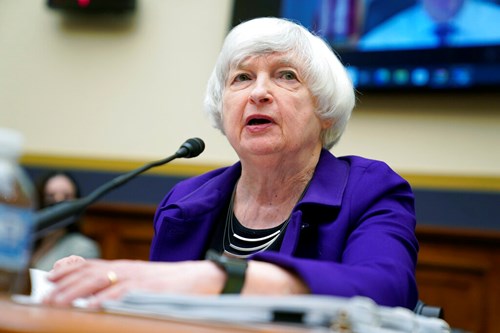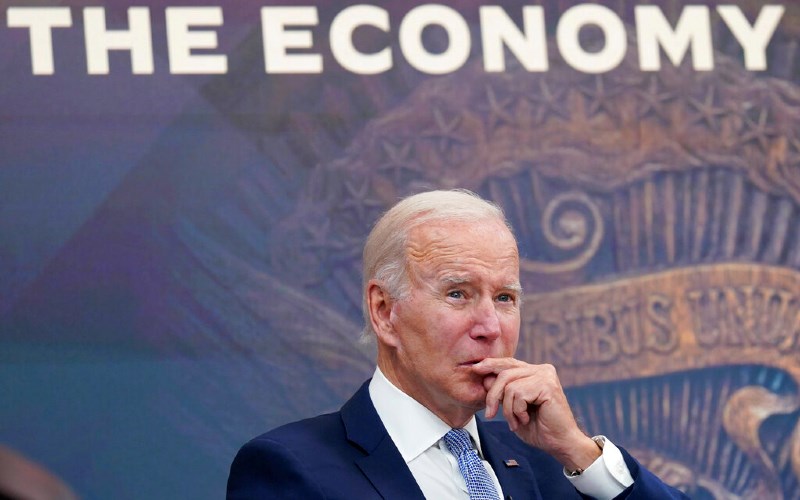Average Americans who can't wrap their minds around soaring national debt can certainly understand paying more for auto loans, credit cards, and home mortgages. Those harsh realities are not far off if the U.S. government doesn't decrease spending in a big way right away, Joel Griffith, a research fellow with The Heritage Foundation, said on Washington Watch on Friday.
The current national debt exceeds $4 trillion. Griffith said comments last week from Treasury Sec. Janet Yellen at a House Financial Services Committee hearing were misleading on what he sees as the perilous nature of the nation's debt crisis. Yellin, he said, soft-pedaled the possibility that investors may choose to stop lending to the U.S.
Yellin: "It could, in an extreme case, be a possibility. I see no sign of that now, but of course we need to stay on a fiscally sustainable path."
"There are two major problems with what Janet Yellen said – and there's no excuse for it, given her position of power and her education," Griffith told show host Jody Hice.

"First, by suggesting that we need to stay on a sustainable path, she's saying we're on one right now. That is absolutely ludicrous; we have been off that path for several years, and it didn't start with President Biden," he stated. "The tail end of President Trump's term was absolutely outrageous as well. In terms of the debt we are taking on, we are already on the path to unsustainability."
Griffith continued: "Second, she said that she sees no sign of investor demand drawing up for our federal debt. That [also] is outright ludicrous. I actually took a look at the numbers earlier. We actually have seen a drop-off in the amount of federal debt that foreign investors own."
Lack for foreign influx is cause for concern, Griffith says
Foreign investment in the U.S. is not only down it's at alarmingly low levels, Griffith noted.
"Over the last two and a half years, foreign investors have only been willing to purchase about one penny of every new dollar of federal debt that we've taken on," he explained. "In years past, foreign investors bought about one-third of our federal debt. When we have foreign demand for a debt, that actually helps us, because it keeps those interest rates down.
 "[But] when the federal government has to pay more to those who will lend us money, you see interest rates on the federal debt rise – and that trickles down to us as consumers," Griffith added.
"[But] when the federal government has to pay more to those who will lend us money, you see interest rates on the federal debt rise – and that trickles down to us as consumers," Griffith added.
While Yellen (right) contends the current path is "sustainable," Griffith compares the status quo in the U.S. to a handful of European nations in the 2010s who faced a debt crisis when foreign investment dried up.
"You could see something similar to what happened in Portugal, Italy, Greece and Spain several years ago, where they saw the bottom drop out of their economies. There were soaring interest rates, soaring inflation, and unemployment, going to close to 20% in some of those countries," Griffith said.







